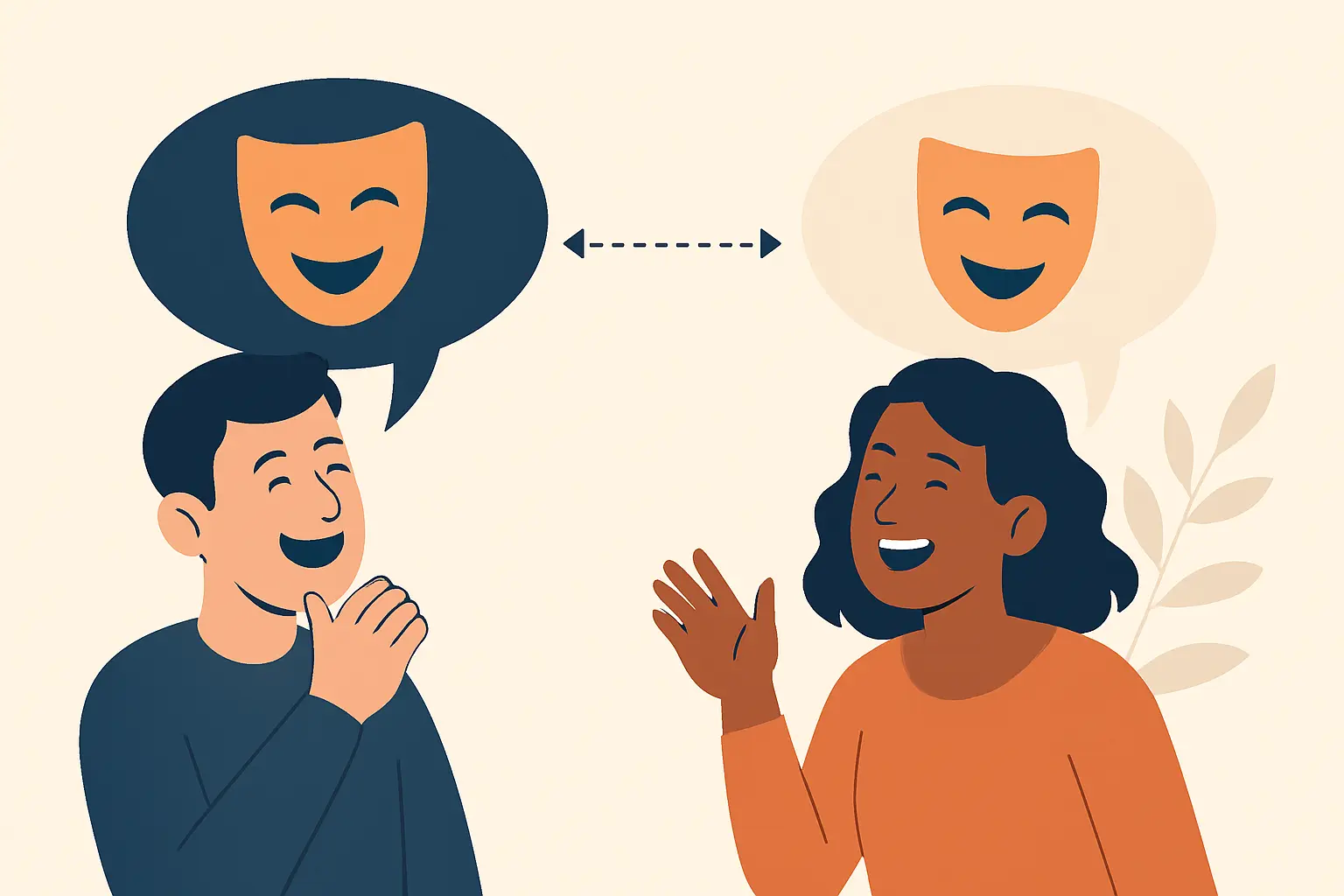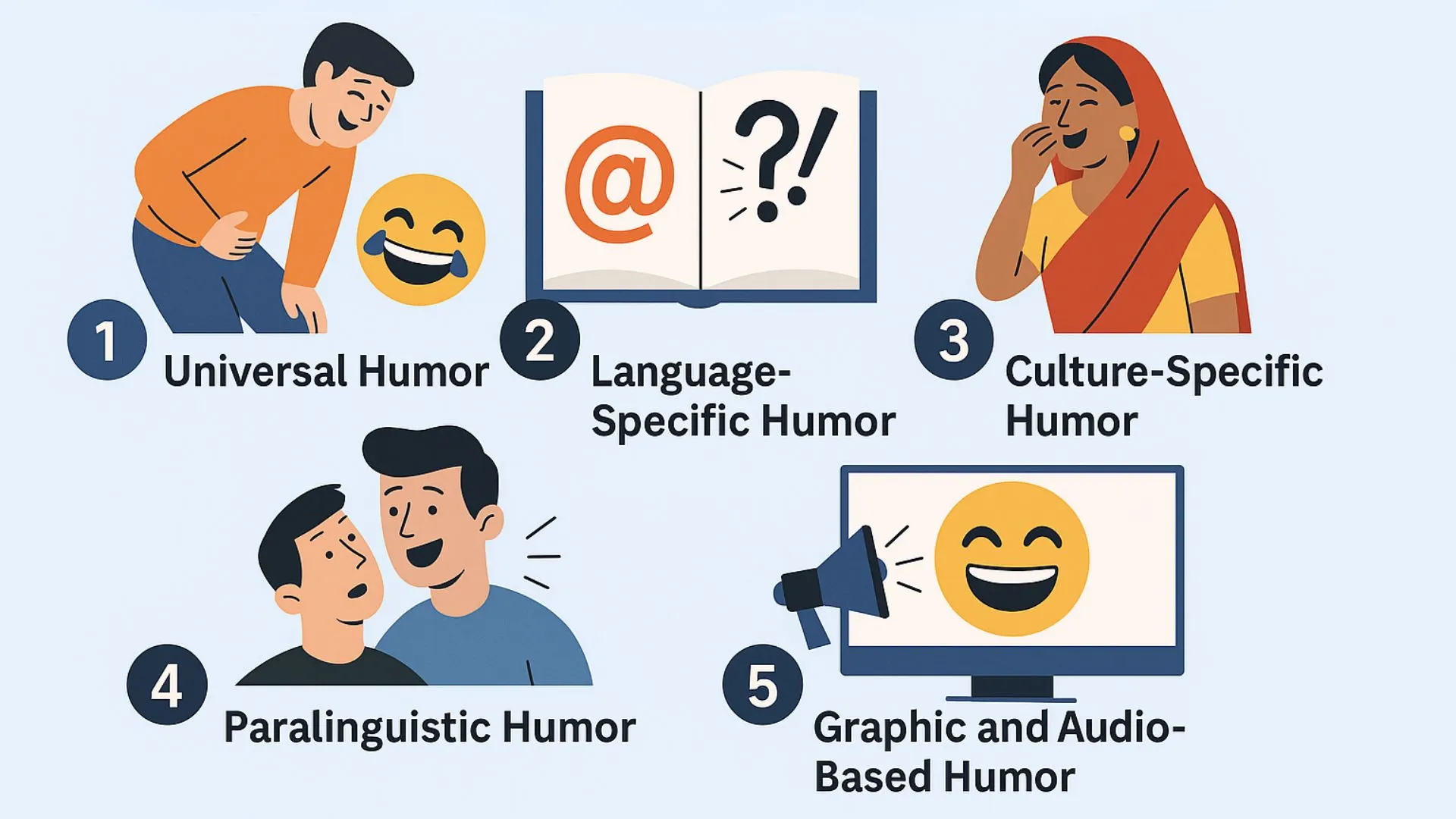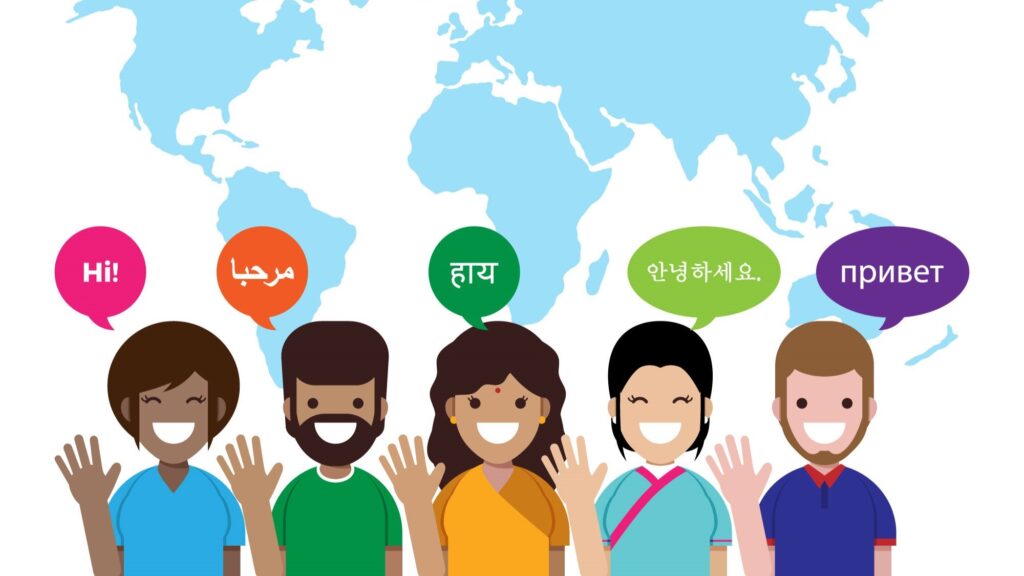Humor is an essential part of human communication—it connects people, lightens moods, and reflects cultural identity. But when humor travels across languages, things can get tricky. What makes one audience burst into laughter might leave another completely puzzled.
This is where humor translation comes into play. It’s one of the most complex and fascinating areas of language translation and localization. At VerboLabs, our expert translators ensure that humor, wordplay, and wit retain their charm and impact, no matter the language or culture.
What Is Humor Translation?
Humor translation is the process of adapting jokes, puns, and comic expressions from one language into another while maintaining their intended meaning and comedic effect. Unlike literal translation, it requires creativity, cultural understanding, and deep linguistic expertise.
Humor often relies on cultural references, wordplay, and tone—elements that don’t always have a direct equivalent in another language. That’s why translating humor demands more than linguistic skill—it requires cultural intelligence and transcreation techniques.
Why Is Humor Translation So Challenging?

Humor doesn’t always follow logic. Something that feels hilarious in one culture can fall flat—or even offend—in another. The translation of humor becomes even more complicated when visual or audio cues are involved, such as in films, advertisements, or video games.
Several challenges make humor translation difficult:
- Cultural Context: Jokes often depend on cultural knowledge that may not exist in the target audience.
- Wordplay: Puns, idioms, and homonyms rarely have direct equivalents.
- Tone and Timing: Comic timing and tone can shift drastically when translated.
- Medium Dependence: Humor in literature differs greatly from humor in dubbing or subtitling.
How Humor Is Translated Across Mediums
1. Humor in Literature
Some believe translating humor in literature is easier since it’s limited to written content. However, this isn’t always true. The translator must capture not just the words but the author’s comic intent and style. Achieving this balance requires skill, creativity, and sometimes cultural adaptation.
2. Humor in Audio-Visual Media
In videos or films, humor translation takes two primary forms: subtitling and dubbing.
- Subtitling humor requires syncing text with timing and visuals. Literal translations rarely work, as the visual context shapes the joke’s meaning.
- Dubbing involves replacing the original dialogue with the translated version. Here, translators adapt tone, timing, and even expressions to make the humor sound natural in the target language.
Both methods demand a mix of linguistic expertise and cultural understanding to keep the content entertaining and relevant.
Types of Humor in Translation

Understanding the types of humor helps translators choose the right approach.
1. Universal Humor
This humor transcends language and culture. Physical comedy, absurd situations, or exaggerated reactions can make anyone laugh. Such humor is relatively easy to translate, as the essence remains the same across languages.
2. Language-Specific Humor
This relies on wordplay—puns, idioms, homonyms, and allusions. Literal translation often makes it meaningless. Translators use localization or transcreation techniques to recreate similar jokes that resonate with the target audience.
3. Culture-Specific Humor
These jokes are rooted in cultural experiences, traditions, or references. A literal translation might confuse or even offend audiences unfamiliar with the context. In such cases, translators adapt or omit certain elements to make the message more relatable without losing the comedic spirit.
4. Paralinguistic Humor
This involves accents, tone, imitation, or sound effects. Subtitling such humor is difficult, while dubbing provides flexibility through voice performance and tone adjustments.
5. Graphic and Audio-Based Humor
Visual and audio cues—like facial expressions, background visuals, or sound effects—add another layer of comedy. Translators must ensure that on-screen text or sound-based jokes make sense for the target audience.
Why Expert Humor Translation Matters
In today’s global market, humor plays a key role in entertainment, marketing, education, and communication. Whether it’s a comedy show, an international campaign, or a video game, effective humor translation ensures your message resonates emotionally and culturally with audiences everywhere.
Poorly translated humor can distort meaning, confuse audiences, or even harm a brand’s reputation. That’s why professional translators with cultural expertise are essential for maintaining tone, timing, and impact.
At VerboLabs, we’ve helped global brands, filmmakers, and publishers adapt humor successfully into over 120+ languages, ensuring that laughter knows no boundaries.
Key Takeaways
- Humor translation combines linguistics, culture, and creativity.
- Literal translations rarely work for humor—context and culture are key.
- Expert translators use localization and transcreation to retain meaning and emotional impact.
- Humor in dubbing and subtitling requires attention to timing, tone, and audience expectations.

Bring Laughter Across Languages with VerboLabs
At VerboLabs, we specialize in humor translation, dubbing, subtitling, and localization services that make your content culturally relevant and genuinely funny.
Make your global audience laugh, not guess.



